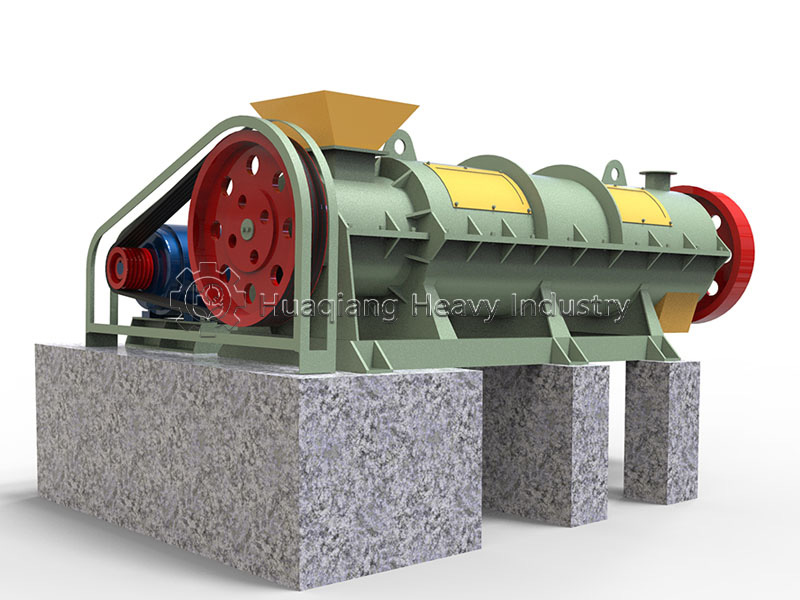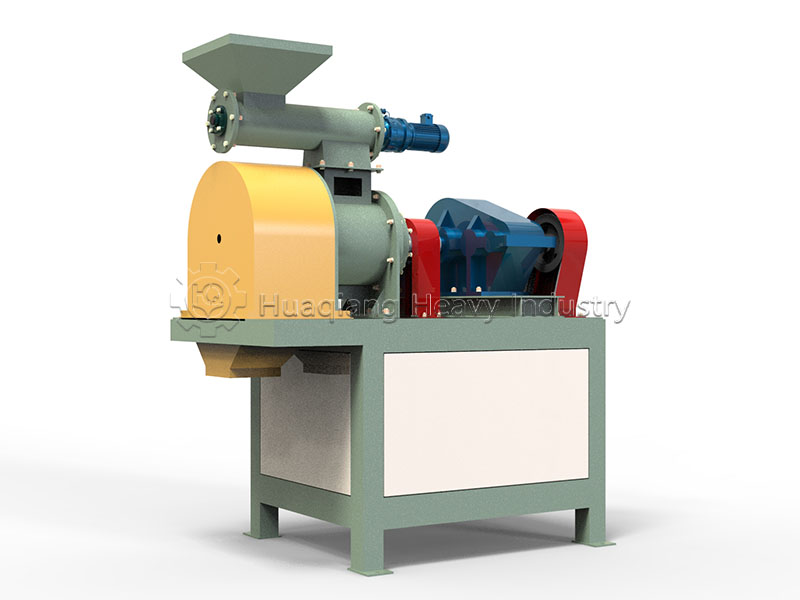As agriculture shifts from “pursuing yield” to “green sustainability,” organic fertilizer is no longer simply “waste recycling,” but plays a crucial role in protecting soil fertility. A production line capable of consistently producing high-quality organic fertilizer always relies on one key piece of equipment: the flat die pelleting machine.
The process of an organic fertilizer production line is actually quite clear: first, raw materials such as straw and livestock manure are collected, then crushed, mixed, and enter the fermentation stage. Once the materials are fully decomposed, the flat die pelleting machine comes into play. Using the principle of extrusion molding, the flat die pelleting machine compresses these “unformed” raw materials into uniformly sized granules, not only preserving nutrients such as nitrogen, phosphorus, and potassium in the organic fertilizer but also solving the problems of storage space and transportation losses.

More importantly, it has “adaptability.” The raw materials for organic fertilizer vary greatly from region to region; some are mainly composed of coarse-fiber straw, while others are mainly composed of fine-textured livestock manure. The flat die pelleting machine does not require frequent parameter adjustments and can adapt to various raw material ratios, allowing the production line to be free from the limitation of a single raw material source. This “material-insensitive” characteristic allows many small and medium-sized organic fertilizer production projects to flexibly utilize local resources and reduce initial investment.
In short, the production line provides a complete logic for “turning waste into treasure,” while the flat die pelleting machine translates this logic into a practical product that can be directly used in the fields.








